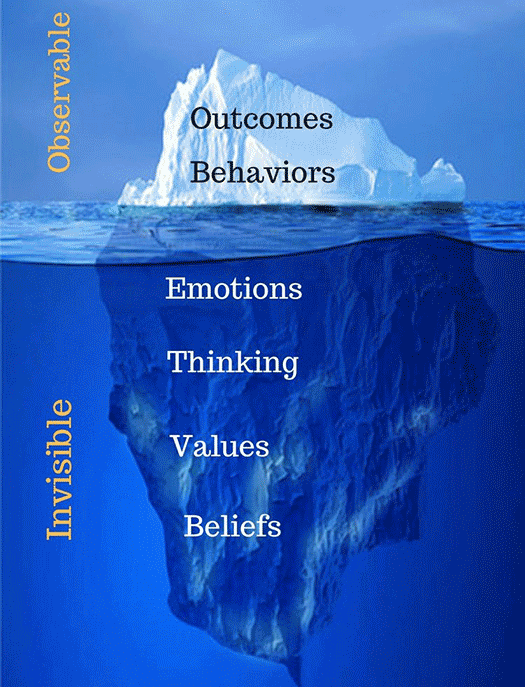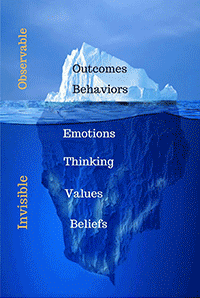We rarely acknowledge when the real problem is an underlying belief.
It’s discouraging and frustrating to work tirelessly on solving what you think is an important issue and nothing happens. Despite brilliant thinking, smart teammates, and innovative solutions, the organization never fully embraces the new approach.
|
ADVERTISEMENT |
There are a lot of reasons why good ideas never get adopted. Sometimes they’re not critical to the organization’s goals, require too many resources, or scare the managerial keepers of the status quo.
But there’s another reason that’s rarely acknowledged: We’re trying to solve the wrong problem.
Defaulting to tactical fixes: a sad, but true story
More specifically, we go after creating tactical solutions—new systems, processes, behavioral ways to do the work—when the real problem is an underlying belief or mindset issue.
|
|
…


Add new comment